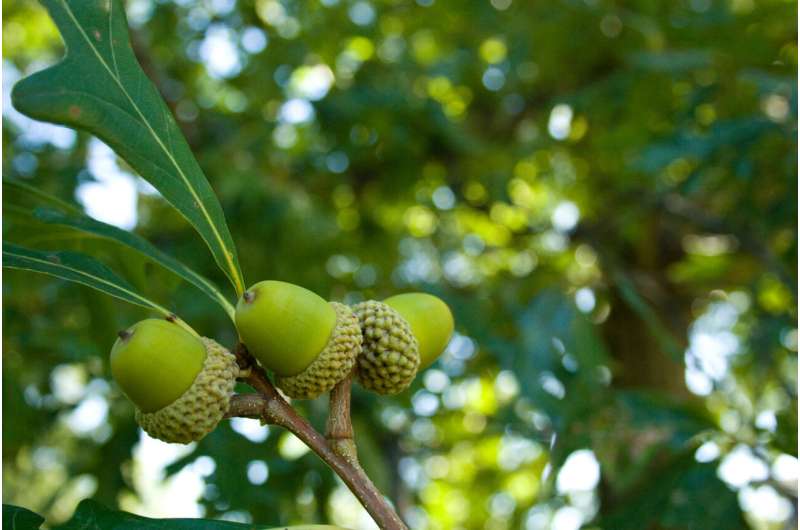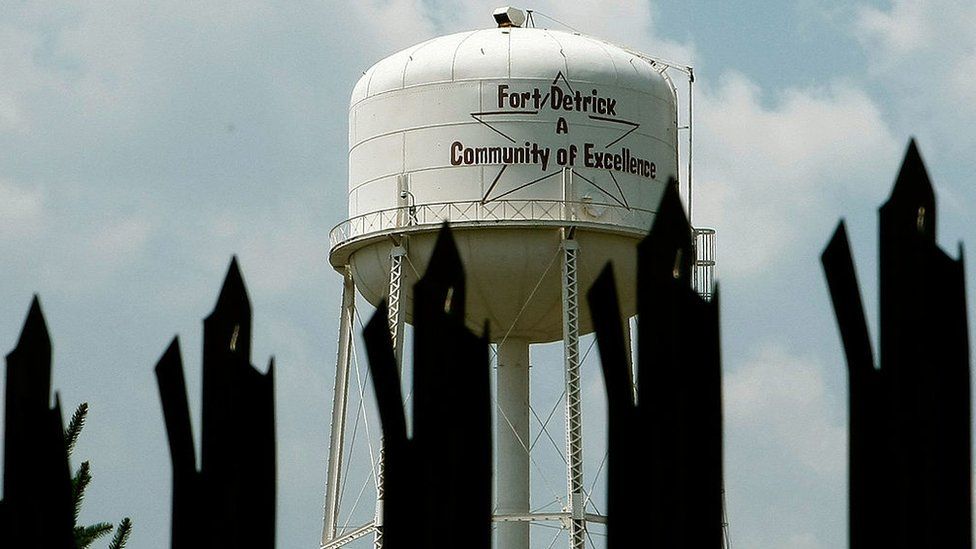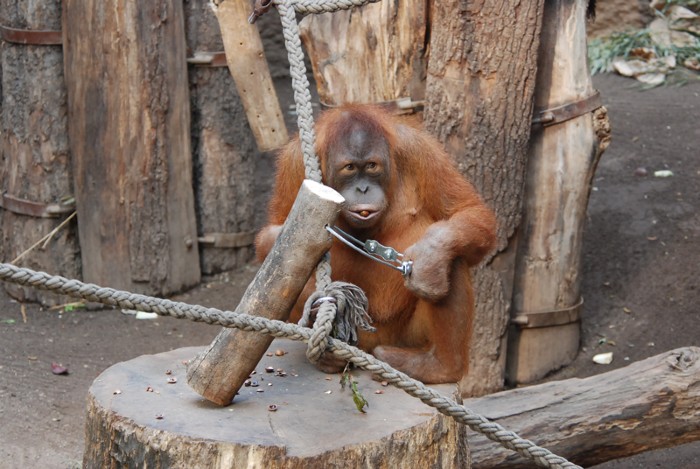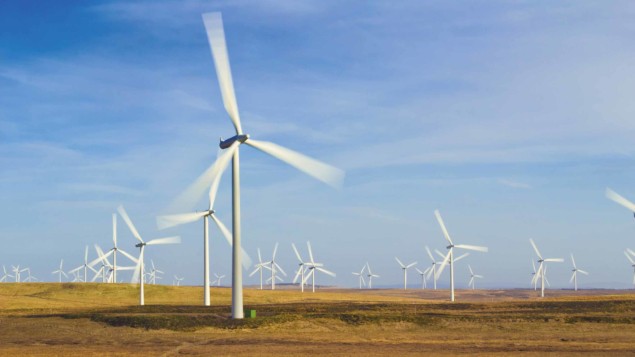North Dakota farmer hopes his hardships can benefit his peers in Sask.
Gabe Brown says after four years of lost crops he learned to work with the soil he had
Learning to work with the soil rather than fighting so-called pests helped one North Dakota farmer, and he hopes his knowledge will help his peers north of the border, given this year's brutal drought.
Gabe Brown bought a farm in North Dakota in the early 1990s.
In 1995 and 1996, he said he lost 100 per cent of his crops to hail. In 1997 Brown wasn't able to harvest his crops due to drought. In 1998 he lost 80 per cent of his crop to hail.
Brown told CBC Radio's Saskatchewan Weekend those four years were something he wouldn't wish on anyone. But he said those challenges were the best thing that could ever have happened to his family.
"It forced us to look at the way we were farming and ranching and to realize that if we're going to survive and be resilient, we needed to focus on the soil," Brown said.
"We needed to focus on how do we make the soils not only more productive, but more resilient to these wide swings in temperature and moisture?"
Over years that have passed, Brown, who has since written a book on his methods, was able to learn a number of ecological principles he said were constant anywhere on earth.
Acting with nature's context
Brown said nature always acts in context and, as an example, pointed to bananas, which obviously don't grow in North Dakota given the climate or environment, and grow where they're best suited to do so.
But his farming and ranching peers, he said, are often acting out of nature's context.
As an example, he said in his early years he said he was calving his cattle herd in January and February, but he realized given the harsh climates of North Dakota it made more sense to push his calving schedule to May and into early June, where it currently sits.
Brown said another principle of nature he learned was that the soil needs the least amount of chemical and mechanical disturbance as possible to thrive, which runs contrary to contemporary agricultural practices that use pesticides, fungicides and herbicides.
"I'm not saying that we totally eliminate those, but realize that too much of those actually harms the ecosystem," he said.
Feeding the soil
Brown said he learned nature takes every effort possible to cover soil from damage.
From forests to native prairie, things like residues or other plants are shielding the soil from wind erosion, water erosion or evaporation while also feeding the soil with nutrients.
Those residues or plants also contribute to the diversity of nature, he said, something he sees as severely lacking in the production agriculture industry, which plants only a few profitable crop species.
He said another principle he learned was to leave roots in soil as long as possible. The production agriculture world, he said, often grows a cash crop but leaves fields empty for a sizeable portion of the year.
"Now, yes, of course, in northern environments, we're not going to have growing plants during the winter," he said.
"But there's a window of time early in the spring or after a harvest where we certainly need to have living plants to take solar energy out of the atmosphere through photosynthesis."
Plants then use the energy they've captured to provide nutrients back to the soil to keep it productive for the following year.
The final principle Brown said he learned was to keep animals and insects involved in the ecosystem around crops.
Removing the animals and insects from the ecosystems wasn't helpful to the soil or the landscapes where they thrive, he said.
Brown now helps hundreds of his farming peers, both domestic and abroad, learn those same values he learned over the years.
Often he said people think they're not capable of implementing the values he learned, but once they start trying different methods — and see how profitable it can become — they come around to his ways, he said.
He said his farm in North Dakota was hit hard by this year's drought, but it was still out-performing his neighbours and others around him due to his soil quality.
Brown's message to farmers and ranchers in Saskatchewan who may be unhappy with how their businesses have been functioning during this drought ridden year was to consider their options going forward.
Brown said when he started on his journey, his soil wasn't near the quality it was today, but once he had committed to working to better his soil quality the improvement was gradual enough to be worth it.
"We're going to get more droughts. We're going to have years of excessive moisture, years of these temperature extremes; we need to do what we can as a farmer or rancher to build resiliency," Brown said.
LISTEN | Gabe Brown shares his hardships, lessons:




























